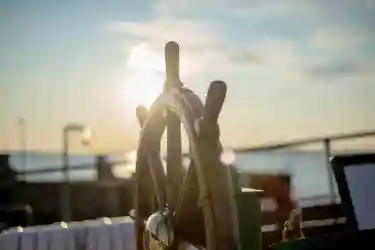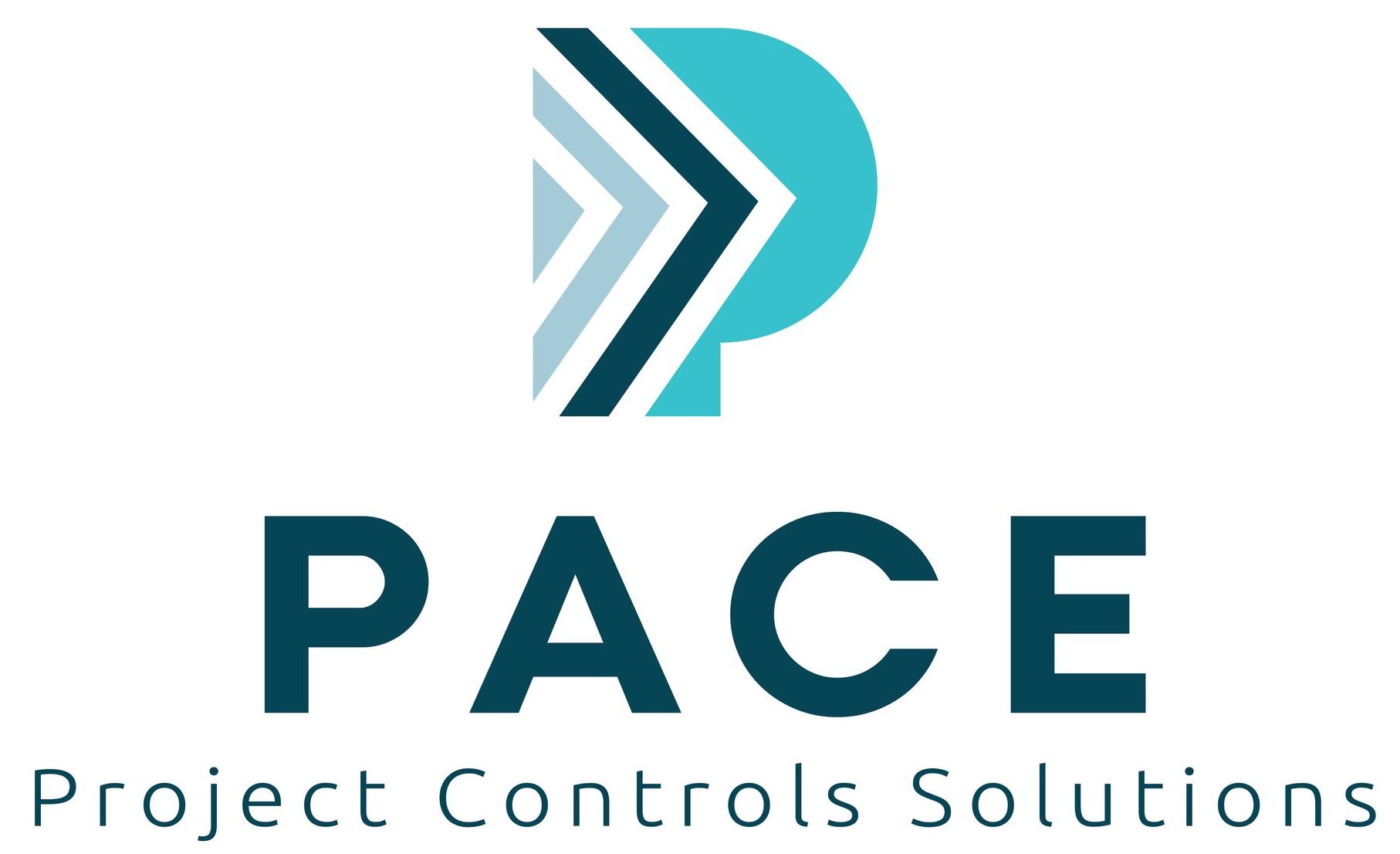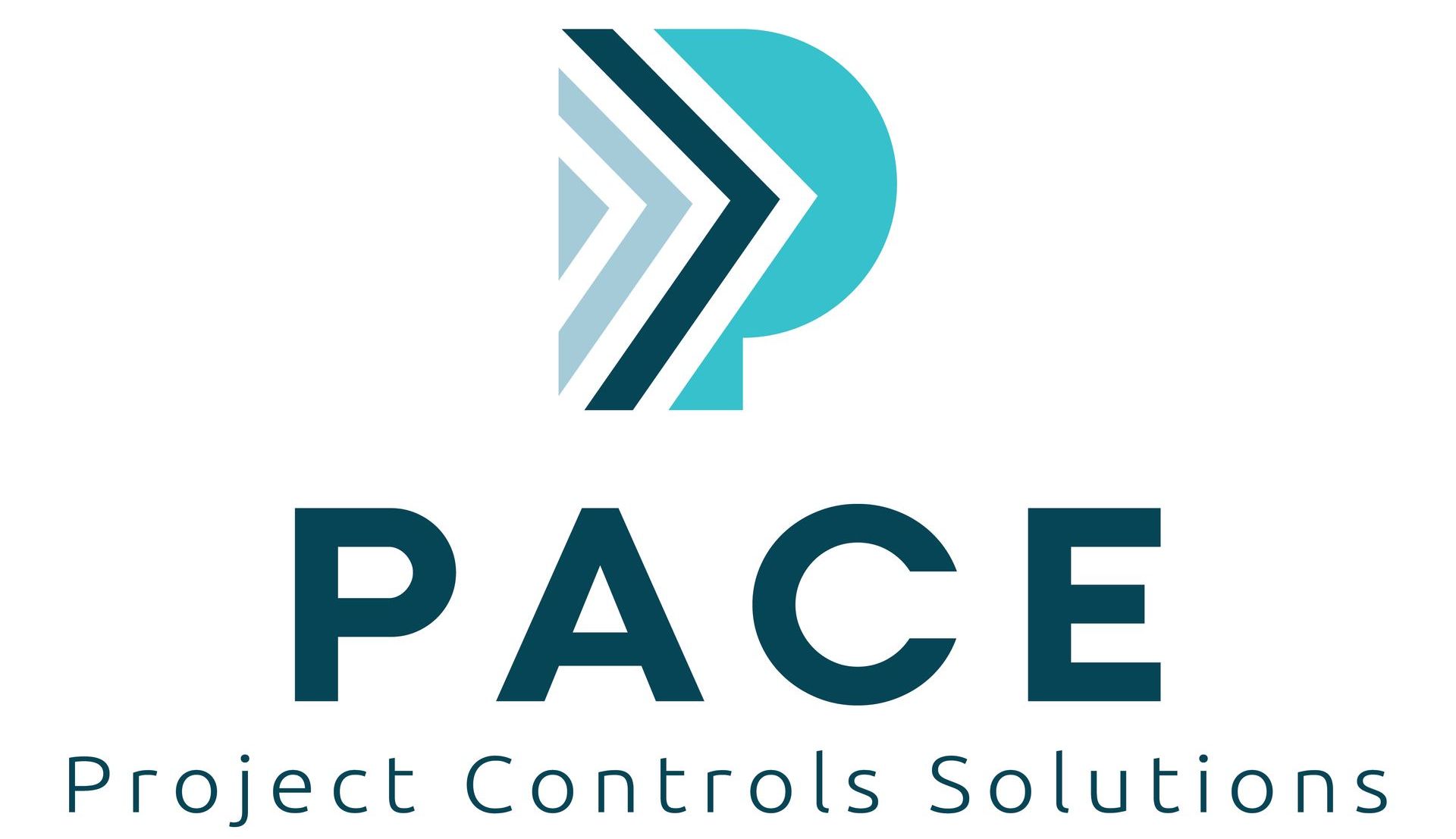Blog#26: Building a Change Culture
Every project starts with good intentions. But as one of my mentors said, good intentions does not equal good results. The conundrum then is not the intent of doing a good job but the act. The more we do the less we see, and it’s when projects start, that the change cycle really begins. Change is evidently a part of life. A more stoic view would state that life is suffering. Change and suffering go together synonymously on projects, for without suffering there is no compelling vision, without knowing what we don’t want, there is no way to see what we do want.

Change, in my view, is a mechanism in which we instruct change. It‘s a course correction and inherently change comes about because we are not where we should be, or there is a better way to get there. Change is big, bold and beautiful, however, the implementation of change can leave people somewhat overwhelmed.
Imagine a project where there is limited creative license, where there is limited time to do anything other than your job. No new conversations can be had because there are already issues for you to attend to, there are people you need to discuss with, decide with, review with, delegate to and data to analyse. No doubt change on projects can be a hairy and precarious thing. Change agents and professed transformation gurus often offer little solitude or protection under any change regime and the results or benefits seem to escape us all. So what are we to do? A project that does not change is a poor man’s map, not a robust plan, and we, therefore, have no way of making corrections to our destination without a means of intervention. I imagine a project to be something of a sailing ship. You have a skipper (exec), navigators (directors) and the teams below, all scurrying around the deck and below doing their part. What’s interesting here is, if I asked you well then what makes the change to the destination, you might say the wheel and the rudder. You wouldn’t be wrong. In this analogy, there are two types of changes. Those that we control (wheel to the rudder) and those that we do not (wind to sail). The sail responds to the wind and improves our performance, direction and allows us to take advantage of the environment around us. The wheel however is done above deck, it’s is an executive decision and usually made without the consort and consent of the lower decks.

As soon as you do this, you unleash personal responsibility or the ability for individuals to respond as they understand their role in the greater cause. Sometimes change seem like a Mission Impossible. However, people with the right level of moral and adaptive leadership can overcome huge obstacles and their faith starts in the leader’s ability to convey a confident and purposeful mission of change. A leader to follow through and individualise their consent among the ranks is crucial to the follower’s ability to absorb others views at a greater and more empathetic plight. A leader who refuses to allow small deflections – such as a change in wind direction, deter from the main objective, outcome or goal. Be resilient. Be steadfast and if you are going through swells or tidal waves of change, know that change is a mindset of the collective and individual.
A few final thoughts on reinforcing a positive change culture is to talk a little about the behavioural aspect. Notably, people have different perceptions of change and therefore they attach a differing value to its worth based on their personal experience and whether or not it values their position or aspirations. If it does not then, sad to say some may go out of their way to disrupt the faith in the leader or force various forms of intentional and unintentional espionage. Some things to look out for in change cultures is those that are actively or passively disrupting, distorting or diluting the communications and purpose. In my view, it is those with a passive attitude that tends to be the most disruptive. We call those not on the change journey as disengaged, but the reasons for being disengaged are generally simple to resolve, if someone cares enough to ask then usually someone will respond. Remember, people, don’t care what you know until they know that you care.

You could have the greatest change culture program or roadmap in the world, you could have the greatest leaders or company on the planet. If people don’t feel valued then sad to say your change program is heading into choppy waters. There are a lot of resources out there to support my views and plenty of methods to the approach of change. But if we don’t understand our moral duty to give our crew what they need then any change we set sail for could be unnecessarily interrupted.
I will leave you with one last quote, I’ve used since I left the navy. Smooth seas do not make skilful sailors. If you want to change the culture to work, you must bring in champions of change to motivate, engage, enlighten and encourage adaption, adoption and consignment to your purpose and vision of change.
Wish you the best of luck! Bon Voyage
Explore
Quick Links
Join Us
Join Us
Thank you for subscribing.
We will keep you up to date with latest news and updates from Pace Global.
You can unsubscribe at any time via email to info@paceglobal.org or from our emails directly.
Please try again later.
Join Us
We will get back to you as soon as possible.
Please try again later.
© 2024 All Rights Reserved | Privacy Policy
Powered with
by Shazamme.com
Powered with
by Shazamme.com

